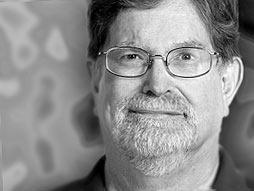
George Smoot
Why you should listen
George Smoot looks into the farthest reaches of space to the oldest objects in the known universe: fluctuations in the remnants of creation. Using data collected from satellites such as COBE and WMAP, scanning the cosmic microwave background radiation (a relic of the heat unleashed after the Big Bang), he probes the shape of the universe. In 1992 he and his Berkeley team discovered that the universe, once thought to be smooth and uniform at the largest scale, is actually anisotropic -- or varied and lumpy.
Smoot continues to investigate of the structure of the universe at the University of California at Berkeley, mapping billions of galaxies and filaments of dark matter in hope of uncovering the secrets of the universe's origins.
What others say
“The very detailed observations that the Laureates have carried out from the COBE satellite have played a major role in the development of modern cosmology into a precise science.” — The Royal Swedish Academy of Sciences, on Smoot's Nobel Prize
